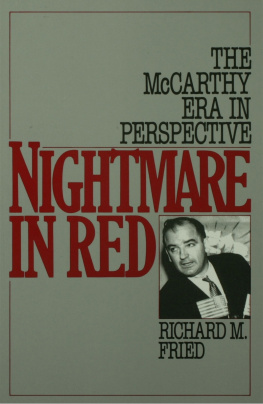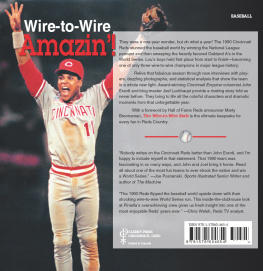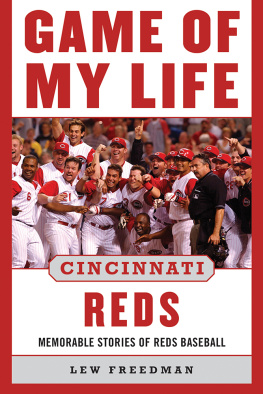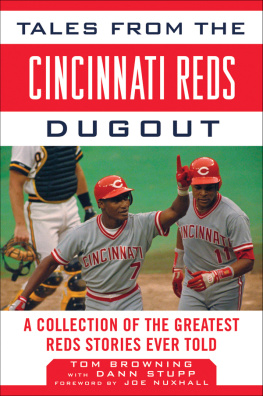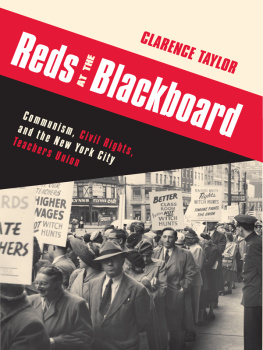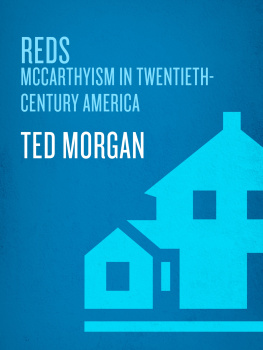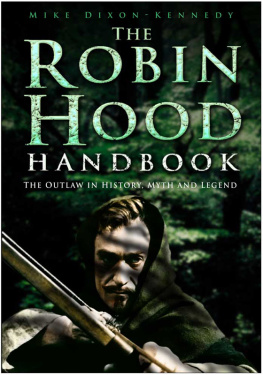Bibliographical Essay
The literature on McCarthyismthat is, mid-century varieties of extremist anti-communism, generally attended by forms of political repressionis vast. Historians at first tended to concentrate on McCarthy himself, on national rather than local politics, on political leaders rather than institutions, and on politics rather than culture. Although recent scholarship has gone far to rectify these imbalances, there is room for more studies that relate individual facets of McCarthyism to the longer tradition of American anti-radicalism.
Valuable treatments of American antiradicalism can be found in David Brion Davis, The Fear of Conspiracy: Images of Un-American Subversion from the Revolution to the Present (Ithaca, N.Y., 1971), and John Higham, Strangers in the Land (New York, 1965). David H. Bennetts The Party of Fear: From Nativist Movements to the New Right in American History (Chapel Hill, N.C., 1988), especially good on the nineteenth century, appeared too late to assist me. Robert Justin Goldsteins Political Repression in Modem America from 1870 to the Present (Cambridge, Mass., 1978) sees antiradical outbursts as functional expressions of the interests of groups opposing change.
In the 1950s, social scientists sought to locate McCarthy and his appeals in a tradition of conspiracy-minded, populist social movements and his followers among social and ethnic groups, often status-deprived, that had deep-seated grievances against the Establishment. See Daniel Bell, ed., The Radical Right (Garden City, N.Y., 1963), an updated version of The New American Right (New York, 1955), and Seymour Martin Lipset and Earl Raab, The Politics of Unreason: Right-Wing Extremism in America, 17901970 (New York, 1970).
By the 1960s, most interpreters of McCarthyism had come to reject this sociological analysis. Nelson W. Polsby, Towards an Explanation of McCarthyism, Political Studies 8 (October 1960); Earl Latham, The Communist Controversy in Washington from the New Deal to McCarthy (Cambridge, Mass., 1966); and Michael P. Rogin, McCarthy and the Intellectuals: The Radical Specter (Cambridge, Mass., 1967), offered important critiques of that approach. They ascribed McCarthys influence to the conventional workings of partisan politics and to the frustrations of Republican Party conservatives. This political interpretation has shaped most subsequent writings, but scholars disagree sharply about which conventional politicians were to blame for the onset of McCarthyism.
Anti-communism, however, was not invented during the Cold War. The events of 191920 set important patterns for subsequent outbursts. Useful on this first Red Scare are Robert K. Murray, Red Scare (Minneapolis, 1955); Stanley Coben, A. Mitchell Palmer: Politician (New York, 1963), and A Study in Nativism: The American Red Scare of 19191920, Political Science Quarterly 79 (March 1964); and William Preston, Aliens and Dissenters: Federal Suppression of Radicals, 19031933 (Cambridge, Mass., 1963).
Historians have given little focused coverage to the anti-communism that endured, despite its demise as a burning national issue, in the 1920s. Hints of its cultural hardiness can be found in studies of anti-alien sentiment, cited above; of labor, for instance, Irving Bernstein, The Lean Years: A History of the American Worker, 19201933 (Boston, 1960); and of reform movements such as feminism, for which see J. Stanley Lemons, The Woman Citizen: Social Feminism in the 1920s (Urbana, 111., 1973), and Joan M. Jensen, All Pink Sisters: The War Department and the Feminist Movement in the 1920s, in Decades of Discontent: The Womens Movement, 19201940, ed. Joan M. Jensen and Lois Scharf (Westport, Conn., 1983).
In the 1930s, anti-communism was revitalized thanks to the rise of conservative opposition to Franklin D. Roosevelts New Deal, the increased activism and visibility of the Communists themselves, and the growth of totalitarianism abroad. The use of fifth-column methods of subversion in Europe stoked generalized worry that those whose loyalties were externally directed might try to subvert American institutions; the Nazi-Soviet Pact heightened already active fears of the designs of American Communists.
Congress took an increasingly active role in investigating communism. Walter Goodman, The Committee: The Extraordinary Career of the House Committee on Un-American Activities (New York, 1968), deals with that key institution of the second Red Scare. See also Michael Wrezin, The Dies Committee, in Congress Investigates, 17921974, ed. Arthur M. Schlesinger, Jr., and Roger Bruns (New York, 1975), and Richard Polenberg, Franklin D. Roosevelt and Civil Liberties: The Case of the Dies Committee, Historian 30 (February 1968). Philip L. Cantelons In Defense of America: Congressional Investigations of Communism in the United States, 19191935 (Ph.D. diss., Indiana University, 1971) is an important study of Diess predecessors. For the right wings anti-New Deal angst, see George Wolfskill and John A. Hudson, All But the People: Franklin D. Roosevelt and his Critics, 19331939 (London, 1969). Les K. Adler and Thomas G. Paterson, Red Fascism: The Merger of Nazi Germany and Soviet Russia in the American Image of Totalitarianism, 1930s-1950s, American Historical Review 75 (April 1970), and Thomas R. Maddux, Red Fascism, Brown Bolshevism: The American Image of Totalitarianism in the 1930s, Historian 40 (November 1977), offer two viewpoints on the American penchant for lumping communism with Nazism.
Since the 1960s, many historians have dated the germination of the loyalty-security state in the Truman years, yet the political, legislative, and bureaucratic roots of this phenomenon sprouted immediately before and during World War II. See Richard Polenberg, War and Society: The United States, 19411945 (Philadelphia, 1972); William Preston, Jr., The 1940s: The Way We Really Were, Civil Liberties Review 2 (Winter 1975); Leo P. Ribuffo, The Old Christian Right: The Protestant Far Right from the Great Depression to the Cold War (Philadelphia, 1983); Geoffrey S. Smith, To Save a Nation: American Countersubversives, the New Deal, and the Coming of World War II (New York, 1973); and Carmen Notaro, Franklin D. Roosevelt and the American Communists: Peace-time Relations, 19321941 (Ph.D. diss., State University of New York-Buffalo, 1969).
Books that focus on (and criticize) the Truman presidency include Athan Theoharis, Seeds of Repression: Harry S. Truman and the Origins of McCarthyism (Chicago, 1971); Richard M. Freeland, The Truman Doctrine and the Origins of McCarthyism: Foreign Policy, Domestic Politics, and Internal Security, 19461948 (New York, 1972); and Mary Sperling McAuliffe, Crisis on the Left: Cold War Politics and American Liberals, 19471954 (Amherst, Mass., 1978). A more sympathetic analysis is found in Alonzo L. Hamby, Beyond the New Deal: Harry S. Truman and American Liberalism (New York, 1972), and Alan D. Harper, The Politics of Loyalty: The White House and the Communist Issue, 19461952 (West-port, Conn., 1969). On the McCarran Act, see William Randolph Tanner, The Passage of the Internal Security Act of 1950 (Ph.D. diss., University of Kansas, 1971).
More recent works have highlighted the FBIs role in the advent of the Red Scare: Athan Theoharis, Spying on Americans: Political Surveillance from Hoover to the Huston Plan (Philadelphia, 1978); Frank J. Donner, The Age of Surveillance: The Aims and Methods of Americas Political Intelligence System (New York, 1980); and Kenneth OReilly, Hoover and the Un-Americans: The FBI, HUAC, and the Red Menace

